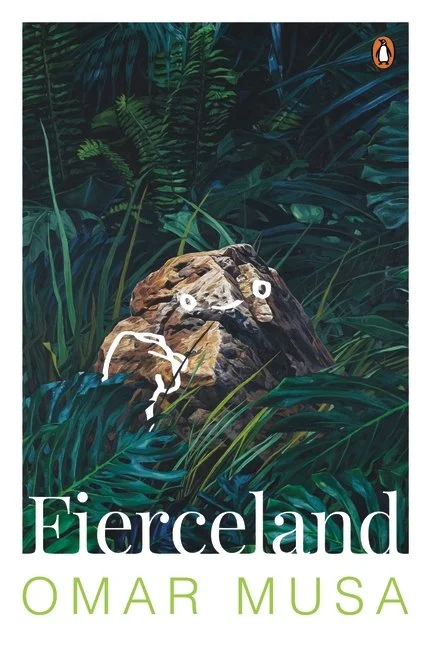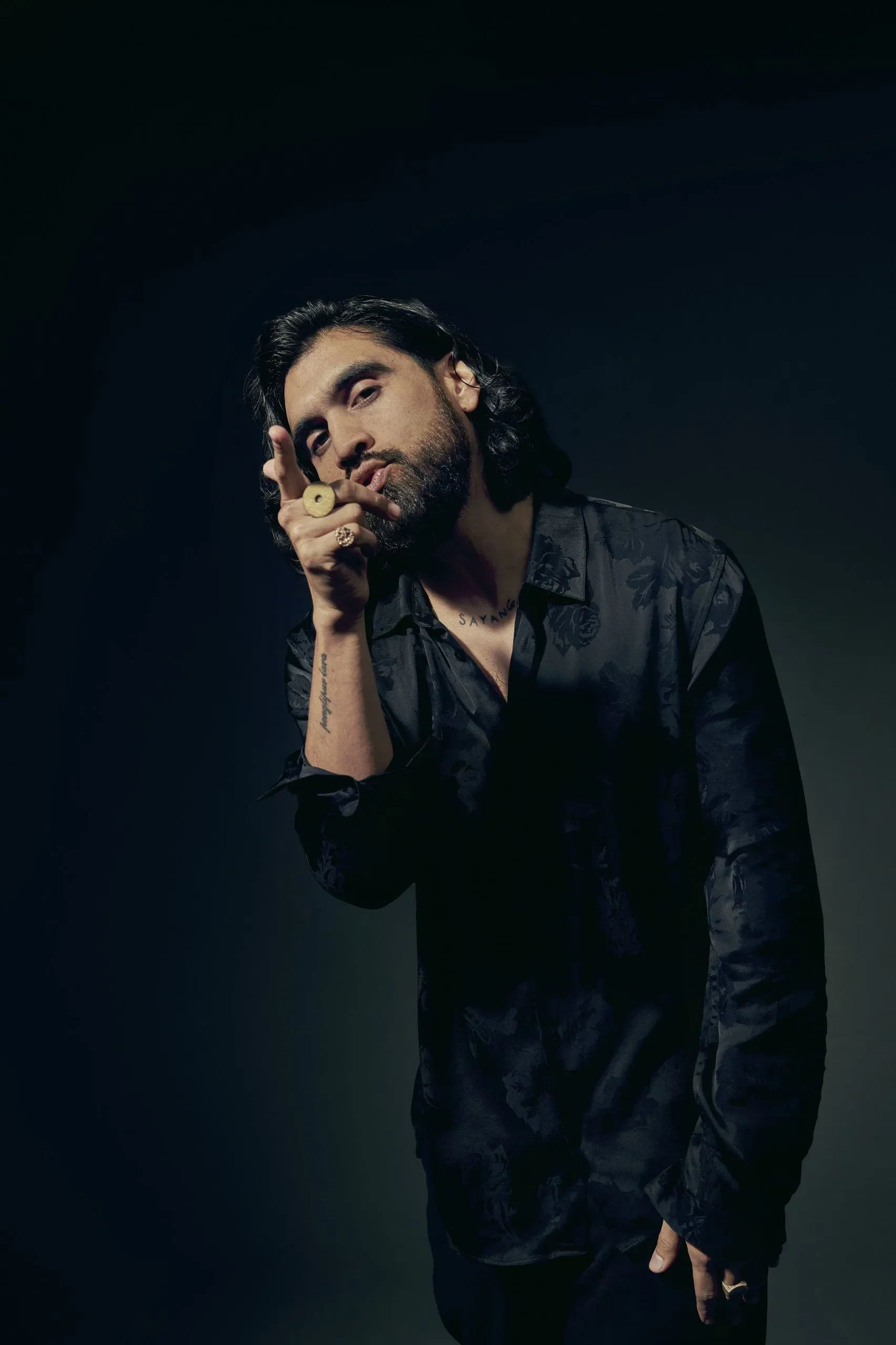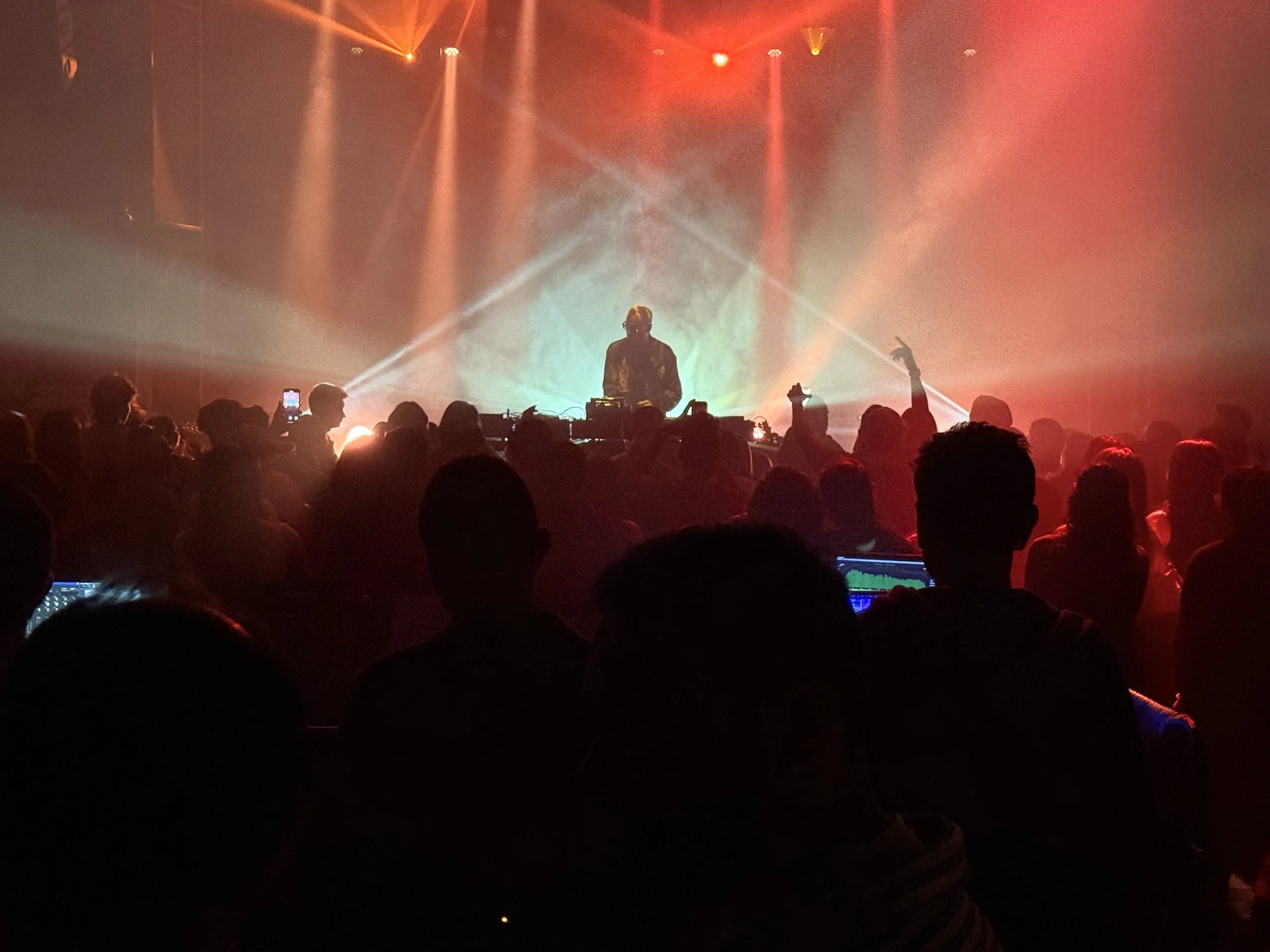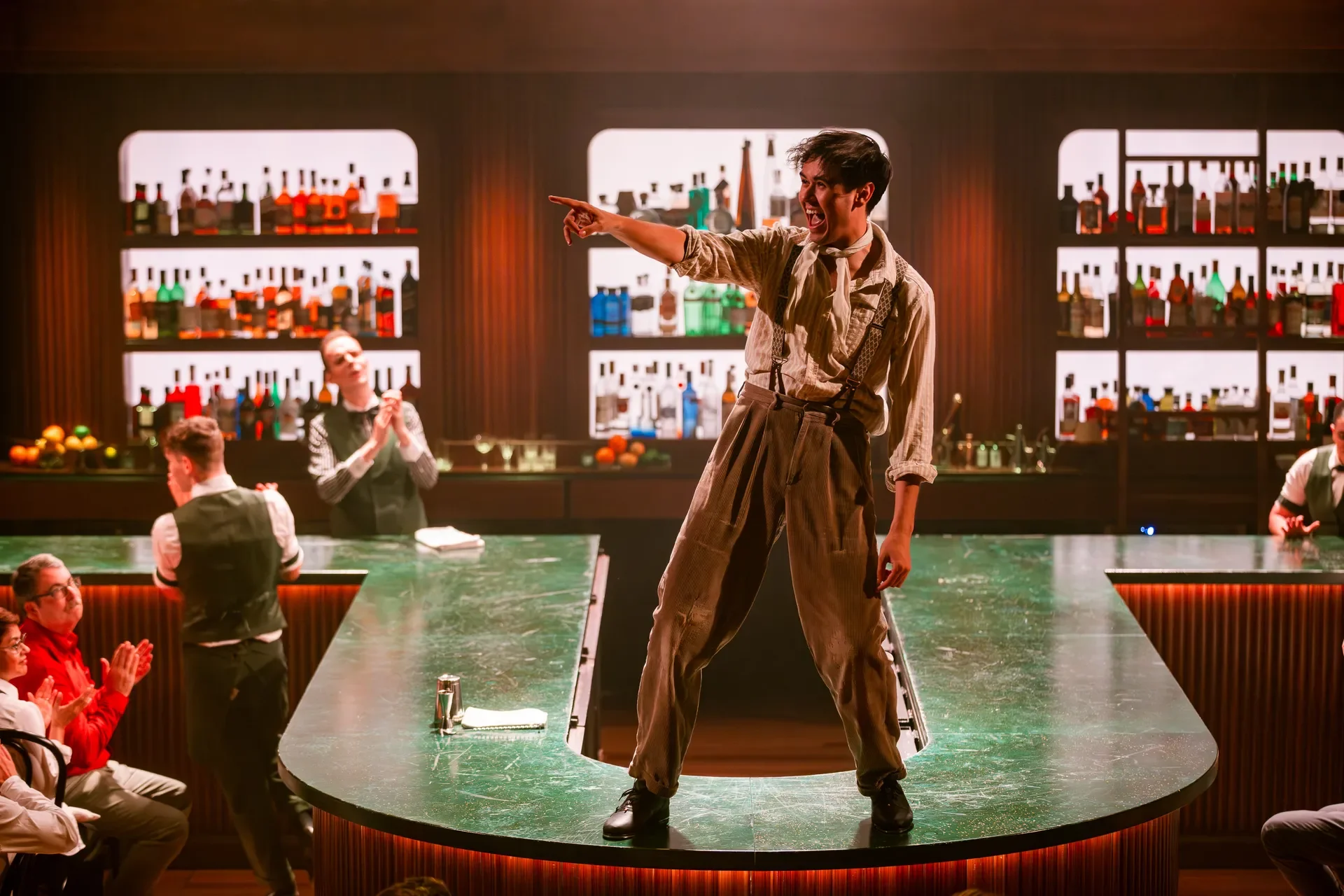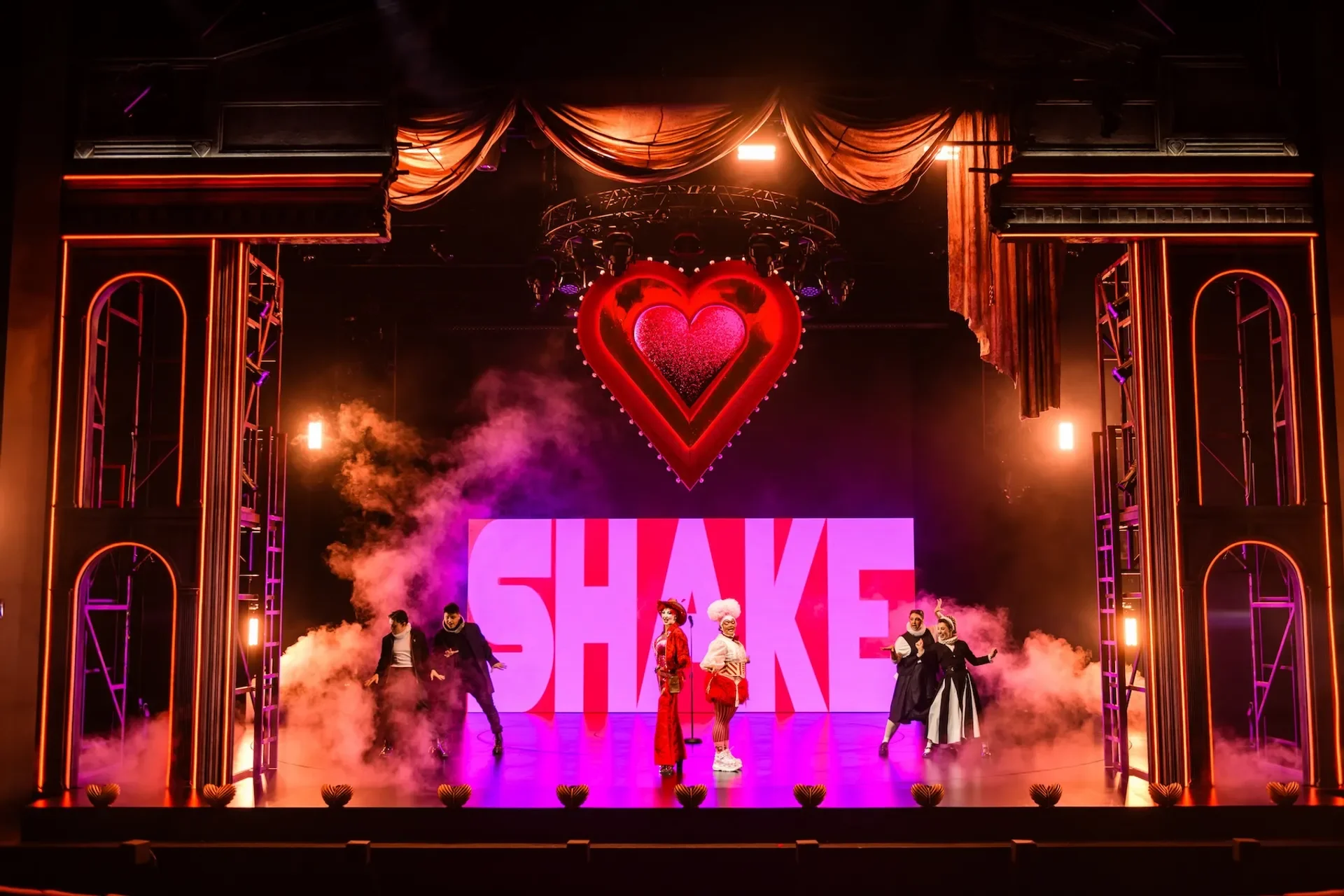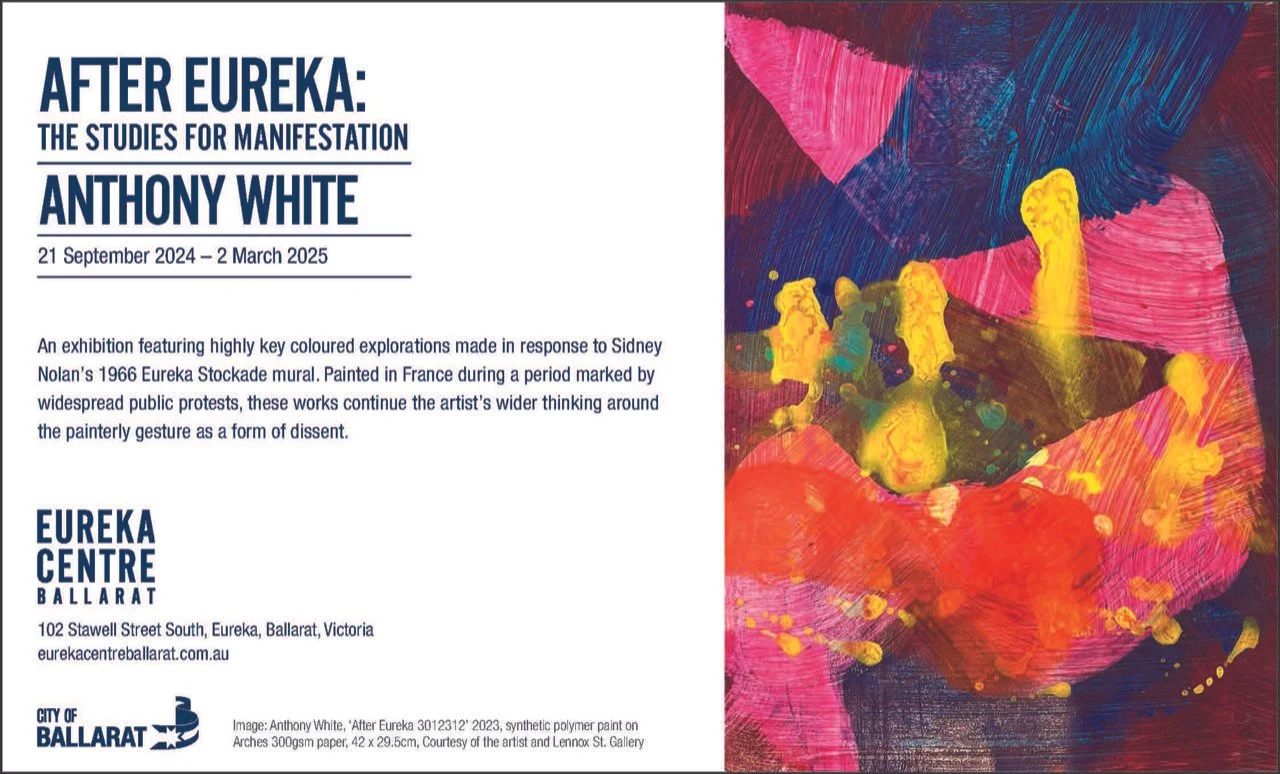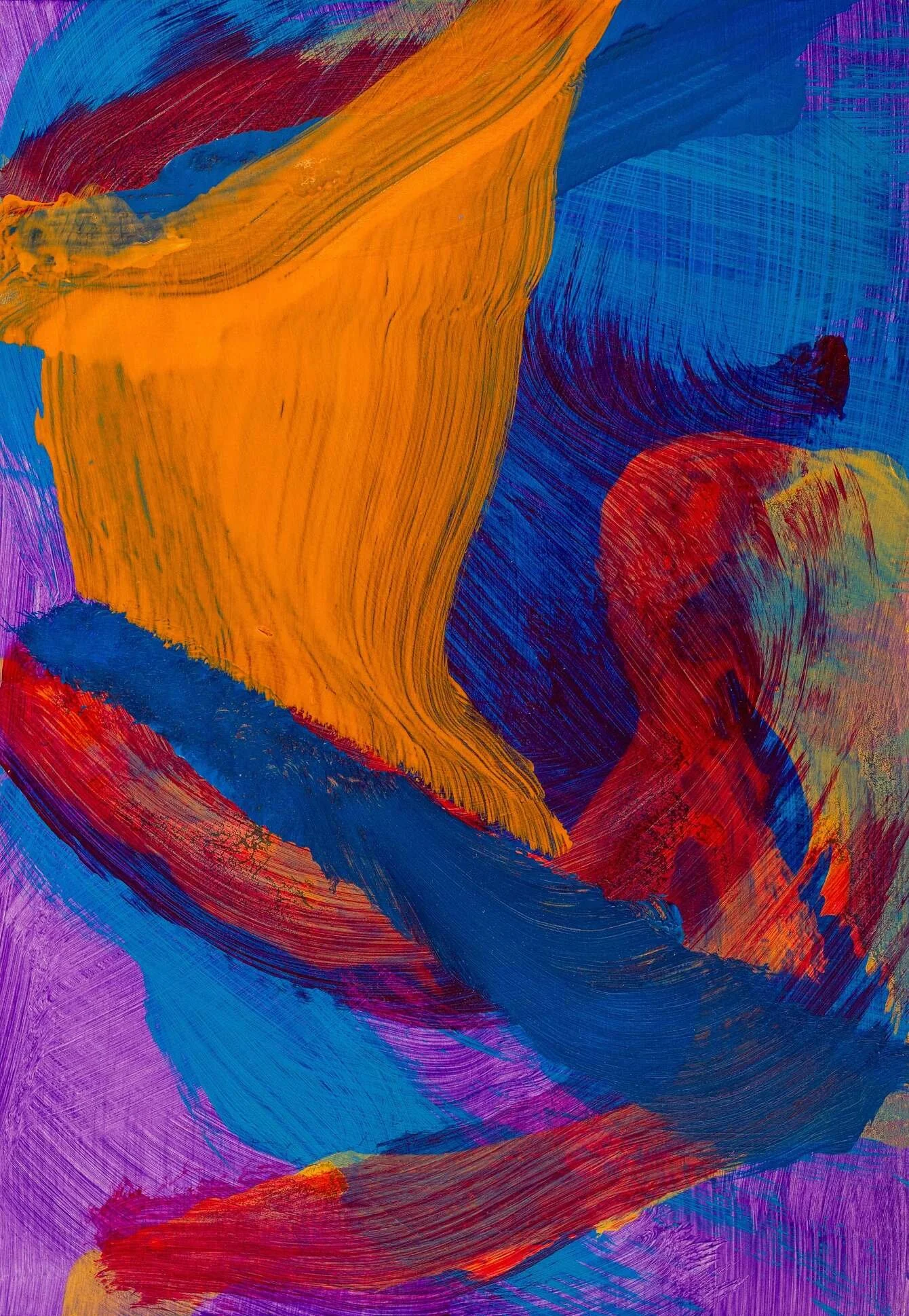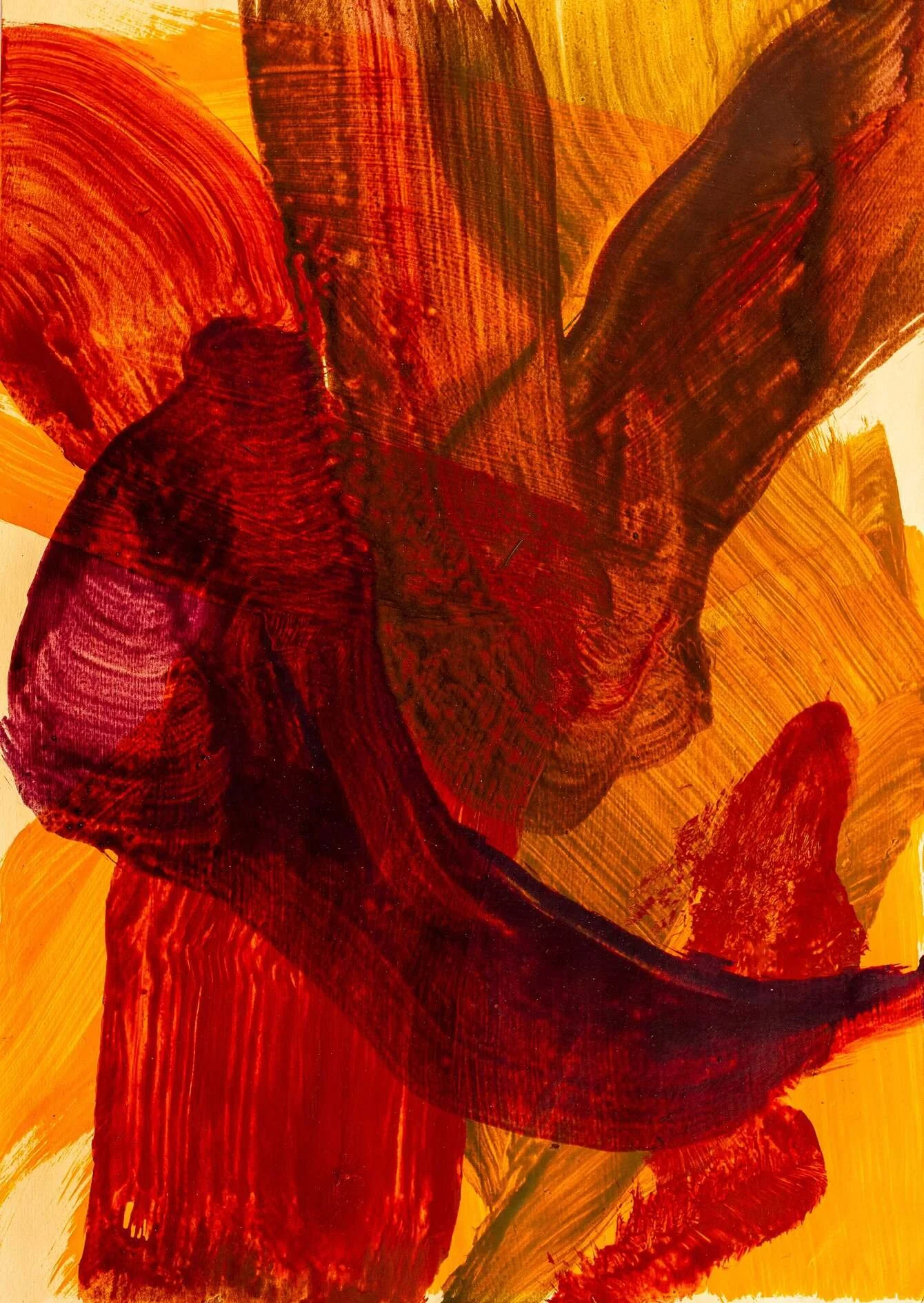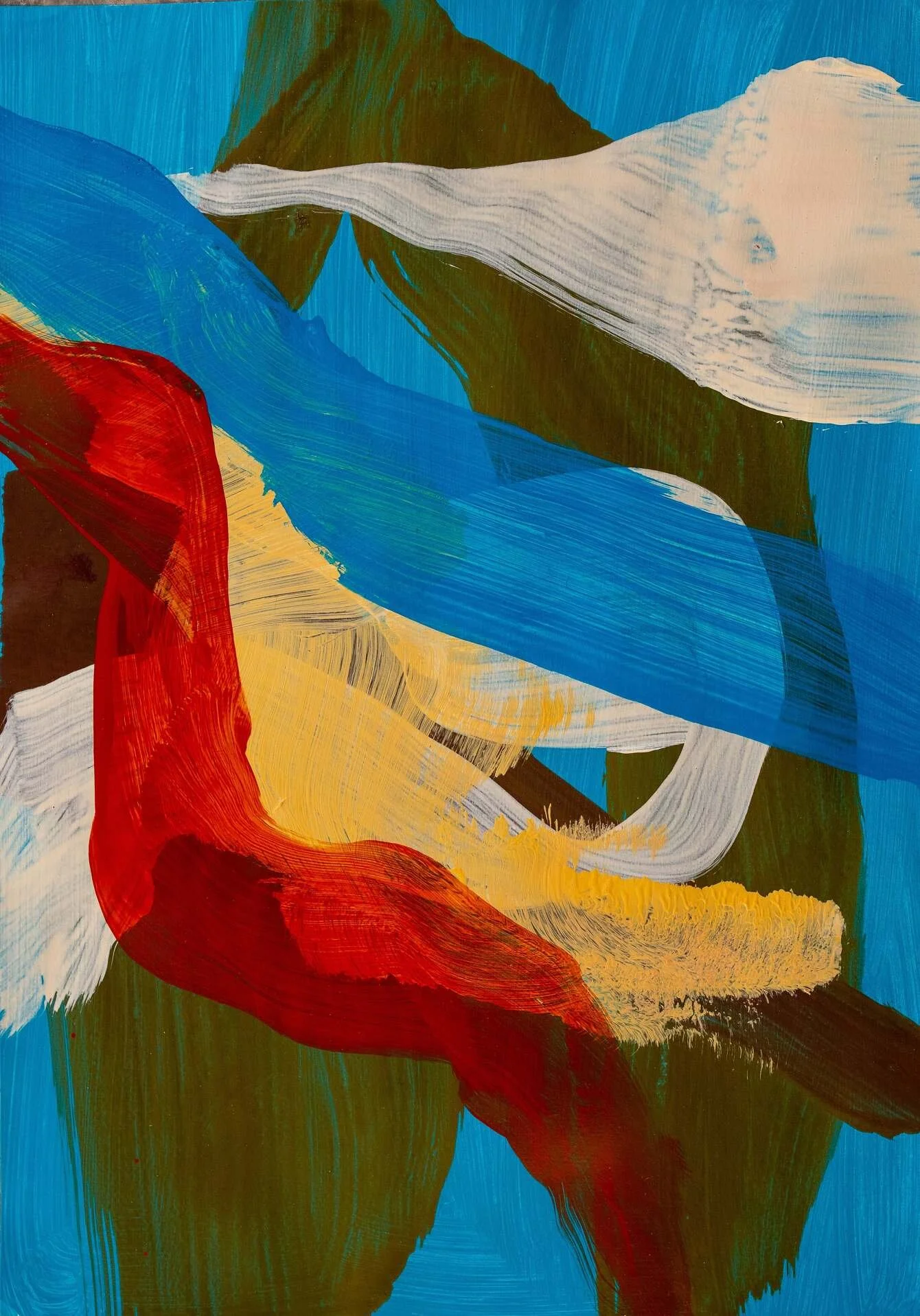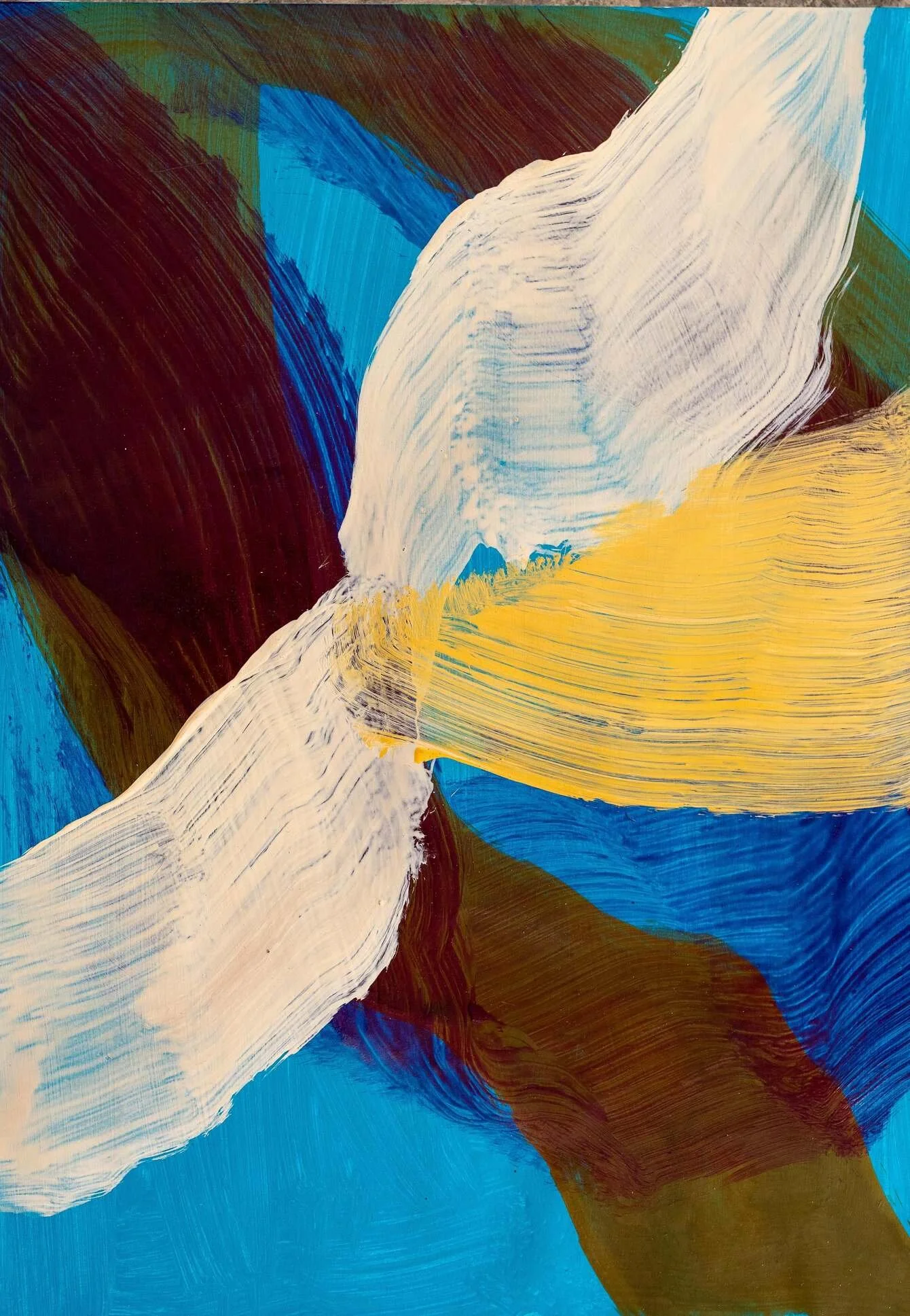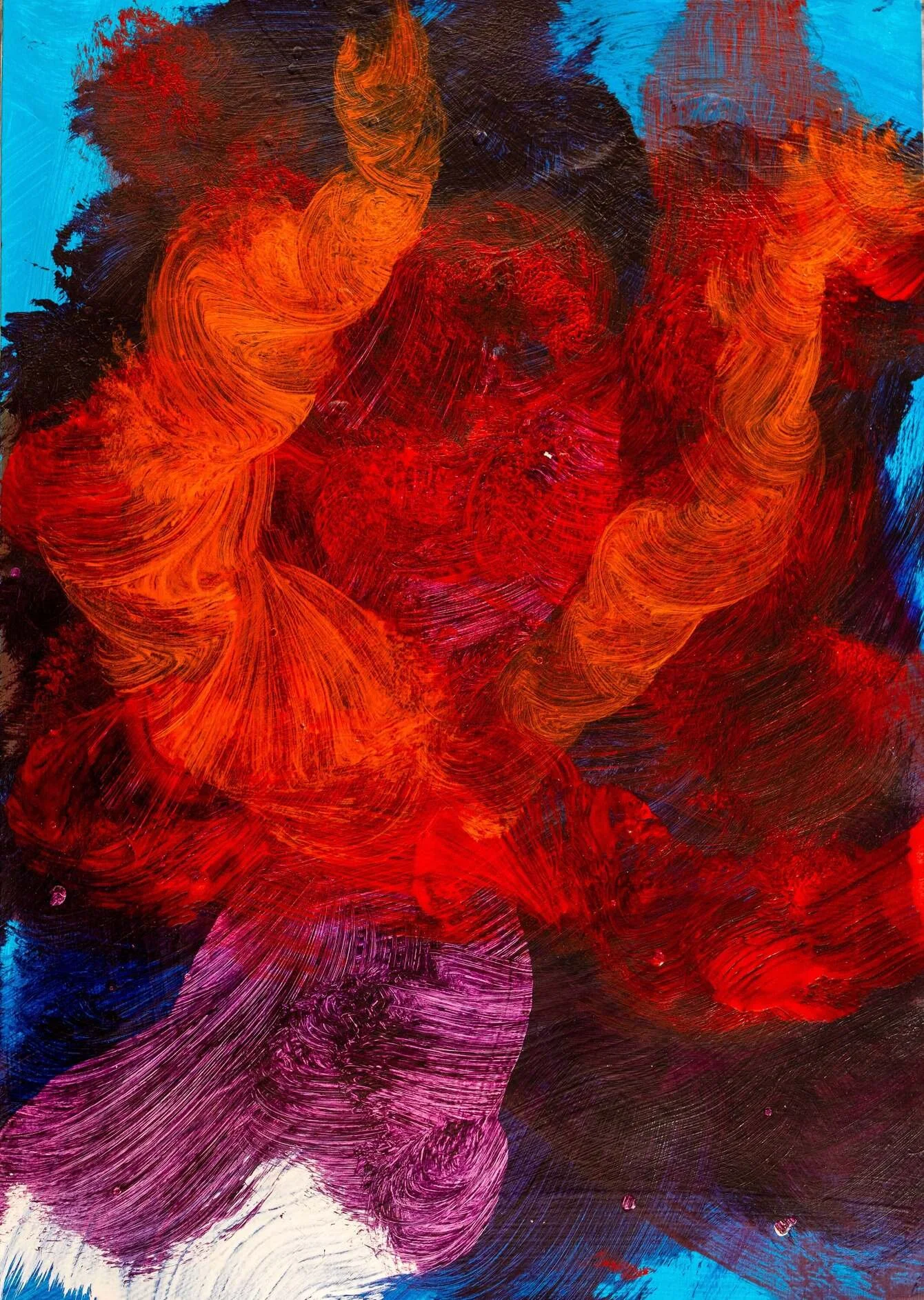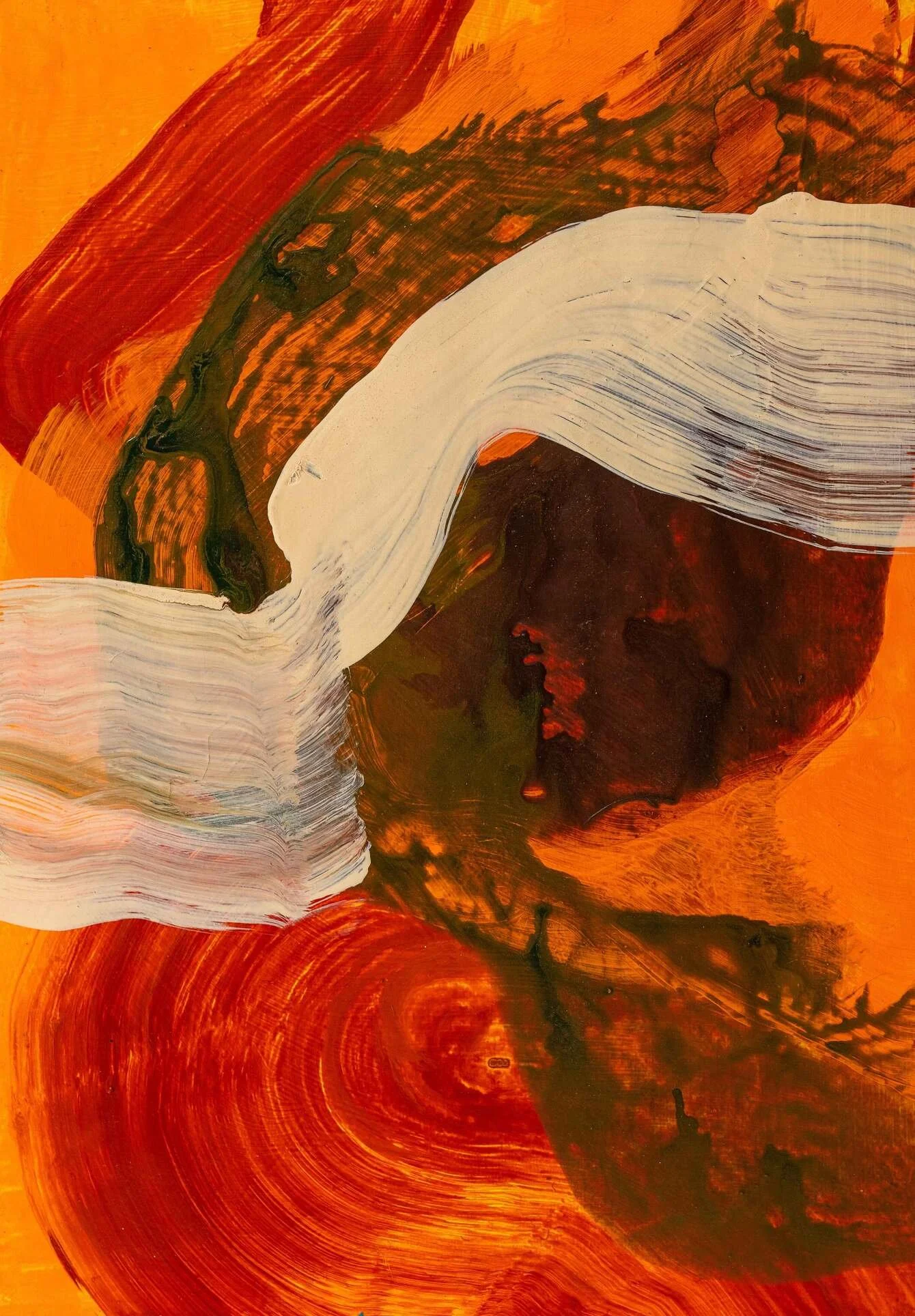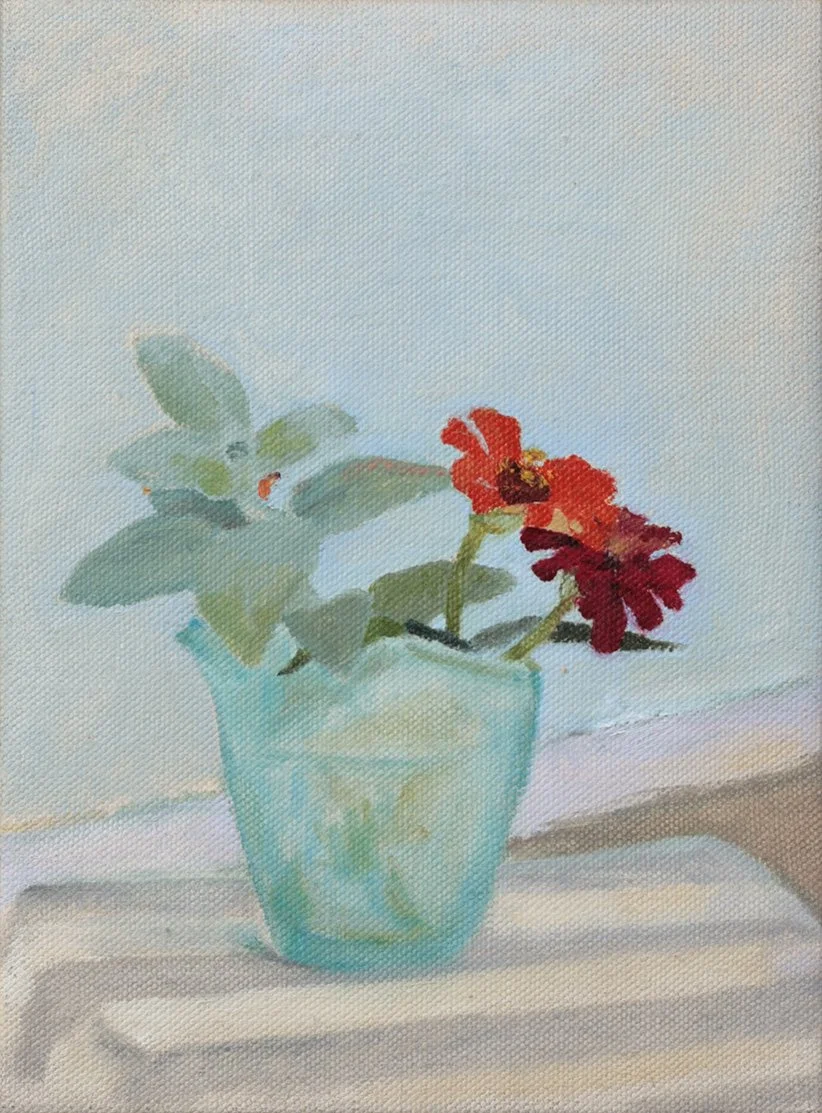What we’re looking at
We are constantly looking out for creative inspiration, from all corners of the globe. What Im reading, exhibitions I’m loving and more………
Inheritance and Reckoning in Omar Musa’s Fierceland
I closed Fierceland with the feeling that something essential had been restored to contemporary fiction — a sense of urgency that is both moral and imaginative. Omar Musa’s second novel is a feat of narrative synthesis: a family saga, a postcolonial reckoning, and an ecological lament that refuses to collapse under the weight of its own ambition. It is rare to find a work that carries so many registers — mythic, political, personal — yet remains so readable, so precise in its prose, and so deeply human.
At its heart, Fierceland is the story of return. After their father’s death, Roz and Harun travel from Sydney and Los Angeles back to Malaysian Borneo to confront not only their inheritance but its origins — a fortune built on felled forests, erased histories, and a single act of violence that has haunted their family for decades. Musa’s narrative is driven not by revelation but by reckoning: what does it mean to love someone who has done unforgivable things? What does it mean to live well on stolen land?
The novel’s scope is vast — spanning generations, continents, and mythologies — but Musa’s control of tone and language makes it feel intimate. The prose is musical without affectation, lucid yet layered, its rhythm carrying the reader through dense moral terrain. Sentences move like incantations: “skinned alive, shrieked through the mill, shat out as plank and board.” The rainforest itself speaks, not as a symbol but as a witness — an entity with memory, agency, and pain. Musa’s decision to grant the forest its own voice, to let it speak in first person, is not just stylistic but ethical: it collapses the distance between observer and object, reminding us that exploitation is always a form of deafness.
The novel’s power lies in its refusal to preach. Musa is angry, but his anger is never rhetorical. Instead, it is woven into the grain of the narrative — into the ghosts that haunt the children, the silences between languages, the textures of humidity and decay. The environmental critique is inseparable from the psychological one: the rainforest’s destruction mirrors the corrosion of memory and kinship. Roz and Harun’s father, Yusuf, is rendered with both tenderness and terror — a man who saw modernisation as salvation, who mistook domination for legacy. Musa’s achievement is to hold him accountable without stripping him of complexity.
There are moments in Fierceland that feel almost cinematic in scope — vast aerial sweeps of jungle and river — and others that draw close enough to feel whispered. The fragments of Malay and Manglish throughout the text add texture rather than opacity; Musa trusts his readers to follow, to sit with dissonance and not demand translation. It is this trust that makes the book feel so alive — its multilingualism not a flourish but a statement of fact, an assertion that no single language can carry the weight of hybrid identity.
I found myself unable to look away from the novel’s formal confidence. Musa draws on his background as a poet and rapper, and you can hear it in the rhythm of his sentences, the syncopation of voices, the way dialogue bleeds into myth. The forest is not backdrop but chorus. It is both the setting and the conscience of the book. Through it, Musa achieves something close to alchemy: a synthesis of oral tradition and contemporary realism, myth and reportage.
If there are moments of unevenness — occasional narrative digressions or abrupt tonal shifts — they feel less like flaws than traces of a restless artistic temperament. The novel refuses the smoothness of conventional storytelling because its subject is rupture itself: the breaking of land, lineage, and language.
Fierceland reads as both an elegy and a renewal. It mourns what has been lost — the forests, the languages, the moral coherence of a pre-industrial world — but it also insists on the possibility of reimagining what remains. In doing so, Musa joins a small but vital group of writers redefining the ecological novel: those who treat the environment not as scenery but as interlocutor, not as metaphor but as kin.
I could not get enough of this book. It is exciting, essential, urgent, and yet remarkably clear-headed. Musa writes with the rare confidence of someone who knows that complexity does not require convolution. Fierceland is a novel about inheritance — personal, political, and planetary — but it is also about the act of returning home, of listening again to the voices we have silenced. It is, quite simply, one of the most intelligent and compelling works of fiction I have read in years.
Risk, Restraint, and the Rise of a Cultural City
The final weekend of the Brisbane Festival offered a compact study in the city’s evolving cultural identity — a negotiation between spectacle and sincerity, provocation and polish. Across three nights and a matinee, the programming oscillated between populist pleasure and earnest experimentation, revealing both the confidence and the growing pains of a maturing arts ecology.
The weekend began on Friday evening with Late Night Vice at The West End Electric, a work that fused the vernacular of nightlife with the structure of theatre. It was both racy and rigorously composed, its performers oscillating between abandon and control with remarkable discipline. The show’s deliberate decadence — cabaret for the knowing middle class — succeeded precisely because it understood its own artifice. Its fault lay only in rhythm: three bar intervals fractured the narrative momentum, replacing immersion with interruption. Nevertheless, it stood as a compelling argument for the vitality of live, site-responsive performance in an age of mediated entertainment.
By early Saturday morning, Something New at Queensland Theatre’s Diane Cilento Theatre offered a sharp contrast. The double bill of Pretty F**ing Autistic and Tracks sought to foreground the lived experience of disabled and neurodivergent artists. Yet despite the importance of its subject matter, the presentation lacked dramaturgical rigour. The readings felt over-determined by their ideological frameworks — anxious to instruct rather than invite. The result was a kind of aesthetic timidity: work that mistook moral clarity for artistic depth. This was not a failure of empathy but of confidence — an unwillingness to trust audiences with complexity. The ethical impulse was genuine, but the theatrical form remained underdeveloped.
That night’s Indo Warehouse at the Princess Theatre provided a recalibration. The New York-based DJs Kahani and Kunal Merchant offered a demonstration of cultural synthesis that was both disciplined and ecstatic. Their ‘Indo House’ movement reconfigures South Asian rhythmic traditions through the architecture of global electronica, achieving a rare balance between cultural specificity and cosmopolitan accessibility. The Princess Theatre, with its restored nineteenth-century interiors, served as an apt metaphor for Brisbane itself: an old framework pulsing with new sound. The initially reserved audience eventually surrendered to the rhythm, producing a collective, embodied response that felt almost anthropological — a reminder that music, more than rhetoric, remains the most effective vehicle for cultural translation.
Gatsby at The Green Light, staged at the reimagined Twelfth Night Theatre, continued the exploration of performance and identity but through the lens of revivalism. The work’s choreography and production design were impeccable, its aesthetic a meticulous reconstruction of the 1920s filtered through 2020s nostalgia. Yet its self-awareness dulled its subversive edge. In contrast to Late Night Vice, Gatsby aestheticised decadence rather than interrogating it. What remained was a polished simulation of transgression — spectacle emptied of danger.
Sunday’s matinee of The Lovers at QPAC provided the weekend’s most integrated experience. Laura Murphy’s adaptation of A Midsummer Night’s Dream, directed by Nick Skubij, successfully balanced accessibility with sophistication. Its pop score was bright and propulsive, its performances precise and emotionally grounded. The production demonstrated an Australian capacity for theatrical craftsmanship that is both locally rooted and globally legible. It neither apologised for its populism nor condescended to it, embodying the kind of cultural confidence the broader festival seemed to be reaching for.
Across these five experiences, a pattern emerged: Brisbane’s artists are no longer seeking validation through imitation but through synthesis — the reworking of established forms into something distinctly regional yet internationally conversant. The festival’s late-style tendency toward hybridity — cabaret as theatre, electronic music as cultural critique, Shakespeare as pop spectacle — speaks to a city asserting itself as a laboratory of aesthetic negotiation.
Not every experiment succeeded, but the unevenness itself is instructive. It reveals a cultural scene in the process of maturing, where ambition occasionally outpaces execution but rarely intention. Brisbane, once defensive about its artistic relevance, now seems willing to risk failure in pursuit of complexity. That, more than polish or perfection, is the true sign of a confident cultural city.
After Eureka
The studies for a manifestation
ANTHONY WHITE
21 September 2024 - 2 March 2025
Eureka Centre
102 Stawell Street South
Wadawurrung and Dja Dja Wurrung Country
Ballarat
From Saturday, 21 September 2024, to Sunday, 2 March 2025, the Eureka Centre Ballarat will host "After Eureka: The Studies for Manifestation," an exhibition by Paris-based artist Anthony White. The show coincides with the 170th anniversary of the Eureka Stockade, Australia’s only armed civil uprising, and features White's preliminary studies created in response to Sidney Nolan’s 1966 Eureka Stockade mural.
Anthony White’s engagement with material, concept, and history makes this exhibition a compelling exploration of dissent and protest, art and history, at a time when these conversations feel more relevant than ever.
Visit to experience a powerful reflection on one of Australia's pivotal democratic moments through the eyes of a contemporary artist deeply engaged in the ongoing dialogues of protest and resistance.
Anthony White’s work is committed to reclaiming dissent through cultural expression, drawing from a rich intersection of politics, human rights, and postcolonial critique. In his art, concepts of design as social and political expression are woven into painting, drawing, collage, and printmaking. His affinity for modernist aesthetics serves not as a subject but as a language to pose urgent questions about our time, inviting new ways of thinking and emancipation.
White’s prolific career spans exhibitions across Australia, Europe, and Asia. Notable solo exhibitions include *Manifestation* at Lennox St Gallery (2023), the largest presentation of his work in Europe at The Mark Rothko Art Museum, Latvia, and others at Informality Gallery in the UK and Nanda Hobbs Contemporary in Sydney. His work has been recognized in major Australian art prizes such as the Brett Whiteley Travelling Art Scholarship and the John Glover Art Prize, among others, and reviewed by prominent publications like the Australian Financial Review and Art Collector Magazine.
"After Eureka: The Studies for Manifestation" continues White’s exploration of the painterly gesture as a form of dissent and civil disobedience, or, as the French say, *Manifestation*. Created during a period of intense public protest in France, these works on paper delve into the spirit of rebellion, drawing on new research into the Eureka Rebellion and the personal papers of Sidney Nolan. White’s Creative Fellowship research at the National Library of Australia unearthed Nolan's correspondence, offering fresh insights into his response to the events of the 1854 Eureka Stockade, as recounted by Italian revolutionary Rafaello Carboni.
Navigation
11-24 September 2024
Damien Minton Presents
50 Buckingham Street Surry Hills Gadigal/Sydney
The Persistent Horizon of Zuza Zochowski
For close to 25 years, I have had the privilege of observing the quiet yet powerful evolution of Zuza Zochowski's practice. Her recent works, presented here in Navigation, continue her exploration of landscapes and still lifes, but with an increasing emphasis on the dialogue between natural environments and human-made structures. These paintings, delicate yet far reaching, reflect a deepened meditation on the Illawarra seascape and the objects that occupy it—whether naturally occurring or humanly constructed.
Zochowski’s land/seascapes, with their subtle hues and restrained compositions, may at first appear deceptively simple. However, a closer examination reveals the profound tension she creates between the organic forms of the land and sea and the rigid, sometimes intrusive, elements of human encroachment. This interplay is reminiscent of the industrial scenes depicted by mid 20the century British artist L.S. Lowry, who constructed "composite townscapes" not from direct observation but from the memories and emotions that these environments evoked. Just as Lowry's urban panoramas are not of any particular place, but rather a blend of various elements, so too do Zochowski’s seascapes amalgamate the real and the imagined.
In these works, the horizon is not merely a division between sea and sky, but a liminal space where the natural world and human enterprise collide. The tankers that dot her canvases are not merely vessels; they are symbols of the relentless march of global commerce, their presence both a testament to human ingenuity and a reminder of its impact on the environment. This duality is central to Zochowski’s recent work: a simultaneous appreciation and critique of the ways in which human structures impose themselves upon the natural world.
This intellectual inquiry is evident in the meticulous yet expressive brushwork that characterizes her landscapes. The coarse marks she refers to in her 2019 conversation with curator and researcher Lizzie Muller, are not merely technical choices but are imbued with meaning, embodying the rugged, sometimes harsh, reality of the industrial seascape. The wires and fence lines that cut across these paintings serve as visual barriers, disrupting the viewer's gaze and compelling us to confront the tension between nature and industry.
These themes extend into her still-life paintings, where the objects she depicts are carefully chosen for their symbolic resonance. The aqua vessel, for instance, which carries flowers from her garden, is more than just a receptacle. Its shape and colour evoke the foreign form of maritime flotsam and jetsam, and a broader cultural, if not peculiarly Australian, associations with the sea. The juxtaposition of organic forms—flowers, fruits—with these man-made objects mirrors the larger dialogue in her landscape paintings, where the natural and the artificial coexist in uneasy harmony.
Chicago based, Canadian photographer, Laura Letinsky’s work, with its delicate interplay of light and form, echoes for me Zochowski’s still lifes, both offering a subtle yet deeply contemplative observation on the essence of objects and the roles they play within our visual experience. Both artists engage with the tradition of the tabletop still life but do so in ways that subvert its conventions. Where Letinsky allows the light of Provence to bleach her images into near-abstraction, Zochowski uses colour and form to create a similarly ethereal effect. Yet, where Letinsky’s work conveys a sense of aftermath—a party long since ended—Zochowski’s still lifes are more concerned with the present moment, with the objects themselves as they exist in time and space, even as they carry the weight of history and memory.
Zochowski’s engagement with the materiality of her subjects—whether the roughness of a painted wire or the texture of a clay-made buoy—adds a tactile dimension to her work that invites the viewer to consider not just what is depicted, but how it is depicted. The clay buoys, for instance, begin as bright, functional objects but gradually become more abstracted, their colours fading like the shells on the beach. This transformation speaks to the passage of time and the inevitable wear that comes with exposure to the elements—a theme that resonates deeply in her seascapes.
The contrast between the bright navigational buoys and the deep blue sea in her paintings also serves as a metaphor for communication, a theme that Zochowski subtly weaves throughout her work. The buoys, with their bright yellows and greens, set courses for ships to follow, just as Zochowski’s compositions guide the viewer’s eye across the canvas. The colours themselves, deep yellows on blue background, reminiscent of nautical flags, signal a desire to communicate, to connect across the vastness of the sea—an impulse that is both deeply human and poignantly isolated, a SOS across the airwaves from the artist, ringing the alarm on an imminently felt climate crisis.
This sense of isolation, of being at the mercy of forces beyond one’s control, is perhaps most keenly felt in her depictions of the horizon. The horizon in Zochowski’s work is not a fixed line, but a shifting boundary, constantly redefined by the elements and by human activity. It is both a destination and a barrier, a place of potential and of limitation. In this way, her work captures the existential tension that lies at the heart of the human experience: the desire to explore, to push beyond the known, and the realization that we are, ultimately, small beings in a vast and indifferent world.
Navigation, as a series, and as an evolution of the artists observational prowess, is a powerful continuation of her lifelong exploration of the intersection between nature and industry, between the organic and the constructed. Through her nuanced use of colour, texture, and composition, she creates works that are at once deeply personal and universally resonant. They are paintings that invite contemplation, that challenge us to consider our own place within the larger forces that shape our world. As we stand before these canvases, we are reminded of the persistent horizon that lies before us—always just out of reach, always beckoning us to navigate the uncertain waters ahead.
Iain Dawson
August 2024
I wish I could be there at Gulkula today, in the heart of North East Arnhem Land, for the unforgettable performances by Witiyana Marika and Dhapanbal Yunupingu. The Garma Festival, Australia's largest Indigenous gathering, is truly a powerful celebration of Yolngu life and culture. This four-day event, hosted by the Yothu Yindi Foundation, is a vibrant showcase of traditional miny’tji (art), manikay (song), bunggul (dance), and storytelling. It's an essential meeting point for the clans and families of the region.
Garma's cultural mission resonates deeply with me. It provides a contemporary space for the expression and presentation of traditional Yolngu knowledge systems and customs, offering an authentic and immersive experience. I always keep a close eye on what's happening here, as it’s more than just a festival—it's a profound expression of cultural heritage and unity.
The National Gallery of Australia has made a historic acquisition, becoming the country's first public collection to own a major painting by the iconic artist Paul Gauguin. The gallery recently purchased "The Blue Roof or Farm at Le Pouldu" (1890) for a whopping US$6.5 million from an international private collector. This remarkable piece previously fetched US$5.3 million at a Christie’s auction in 2000.
To delve deeper into the significance of this acquisition, the NGA hosted an insightful symposium titled "Gauguin’s World: Tōna Iho, Tōna Ao." This afternoon of talks and conversations featured key contributors to the gallery’s catalogue publication, offering a rich tapestry of perspectives. Led by the exhibition’s curator, Henri Loyrette, the discussions brought together leading experts in nineteenth-century painting, Polynesian culture, Tahitian language, and French literature. It was an enriching experience that highlighted the profound impact of Gauguin’s work and its intersections with diverse cultural narratives.
Too long to post here - visit the NGA's YouTube page to view the entire symposium.
Those in Paris over the next fortnight for the Olympics, the Fondation Cartier pour l’art contemporain in Paris is hosting Matthew Barney’s first institutional exhibition in France in over ten years. This exhibition showcases Barney's latest video installation, SECONDARY, alongside new works created specifically for this event. In addition, the Fondation Cartier has organized a series of unique events and performances to complement the exhibition. This is a rare opportunity to experience the groundbreaking work of one of America’s foremost contemporary artists.
Regional visual art festival CEMENTA is coming up in September! Cementa Inc. is an artist-centred and community-driven regional arts organisation based in Kandos in Central New South Wales (NSW), on Wiradjuri Country. Mark your diary and fire up the caravan! CEMENTA 2024 - 19-22 September
I devoured Rachel Cusk's latest novel "Parade" - excited to hear her deep dive into her process.
Rachel Cusk is the author of Outline trilogy, the memoirs A Life’s Work and Aftermath, and several other works of fiction and non-fiction. She is a Guggenheim fellow. She lives in Paris.
I just finished Jessie Tu's second novel, "The Honeyeater". She references this short experimental film in the book, that follows the story of a Taiwanese Australian fiction translator. Harrowing film, at 22 minutes its worth the watch.
If you can't be there in person, there's a YouTube creator who has done the tour for you! Loved seeing what was on offer at Art Basel this year. Art Basel is a meeting place for artists, art collectors and many celebrities from the art scene. The high-calibre exhibitions showcase various art forms, with both works by modern masters and art by emerging talents. Art Basel brings the art world to life – which is why it is so successful.
I've fallen in love with Laura Lentinsky's still life photographs. Makes me want to pick up a camera again. Throughout her career, Laura Letinsky has engaged with the fundamental question of what precisely constitutes a photograph. Investigating photography’s relationship with reality, Letinsky began by photographing people but shifted to focusing almost exclusively on objects in the form of the still life. Her large-scale, carefully crafted scenes often focus on the remnants of a meal or party, as she plays with ideas about perception and the transformative qualities of the photograph.
This Saigon based American chef explores the never ending wealth of food offerings in Saigon. When I visited a year ago I found his choices of street food vendors impeccable! Well worth a follow, especially for his Bahn Mi ratings!
A fascinating insight into the creative process of a powerful printmaker. Kollwitz develops and abandons entire compositions as she revises the work, deepening her focus on the woman and intensifying her emotion and strength. As Kollwitz works, we sense her resistance to tropes (a male figure helping the woman, for example) and her painstaking search for the clearest possible message.
I visited this museum earlier in 2024 and just missed this exhibition. Would have loved to have seen this in the home Tai Kwun is Hong Kong’s beating cultural heart, enabled by The Hong Kong Jockey Club (HKJC) in partnership with the Hong Kong SAR Government. A vibrant, welcoming space that brings people together, Tai Kwun is committed to inspiring the community through arts, culture and heritage. of neon, Hong Kong.
This took my breath away,. I maintain that Haute Couture is the nexus of cutting edge creativity! Seriously worth the watch. Under the Pont d’Alexandre III after dark, down rain-soaked steps, with the Seine roiling alongside, we stepped through an underground door- and into a rancid Parisian nighttime joint with bare floorboards, cafe tables, dim mirrors, and a bar overflowing with spent drinks. And here, sitting at wooden tables in the eerie yellowed light, we witnessed John Galliano conjure a world of characters and couture that was a more staggering, shockingly 100% Galliano experience than fashion has enjoyed for years.
Theater, emotion, rebels, and romantic-historical fantasies have fueled Galliano’s creativity forever. This time—according to house notes—it started with Brassai’s 1920s and ’30s portraits of the night-time underbelly of Paris’s clubs and streets.
It was so fantastic to be back in Hong Kong this year for Art Basel HK! An incredible showcase of contemporary art from across the Asia Pacific region. 23 international galleries known for their engaging program will join the fair for the first time: Station (Melbourne, Sydney), Tim Van Laere Gallery (Antwerp, Rome), Almeida e Dale Galeria de Arte (São Paulo), Mangrove Gallery (Shenzhen), Hua International (Berlin, Beijing), Fitzpatrick Gallery (Paris), Galerie Zink (Seubersdorf in der Oberpfalz), Gallery 1957 (Accra, London), Galleria Massimo Minini (Brescia), Waitingroom (Tokyo), PTT Space (Taipei), Each Modern (Taipei), Public Gallery (London), Alison Jacques (London), YveYang (New York), Bortolami (New York), Nonaka-Hill (Los Angeles), Rodeo (London, Piraeus), Dvir Gallery(Brussels, Paris, Tel Aviv), Chini Gallery (Taipei), √K Contemporary (Tokyo), Linseed(Shanghai), and Chapter NY (New York).
After a gestation of over a decade and the extended pandemic shutdown, it was fabulous to finally visit the incredible contemporary art museum M+ in Kowloon Hong Kong. The most impressive contemporary art museum outside of Museum MACAN, Indonesia and the new addition to the Art Gallery of NSW. M+ is an art museum located in the West Kowloon Cultural District of Hong Kong. It exhibits twentieth and twenty-first century art encompassing visual art, design and architecture, and moving image.

